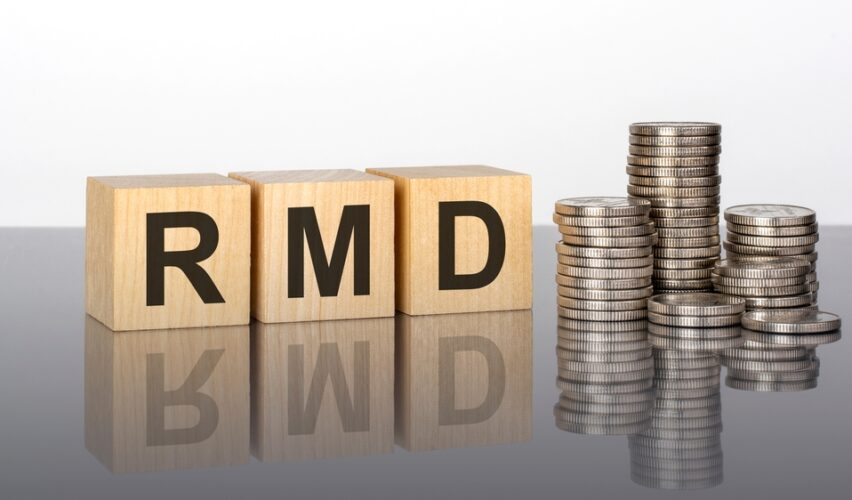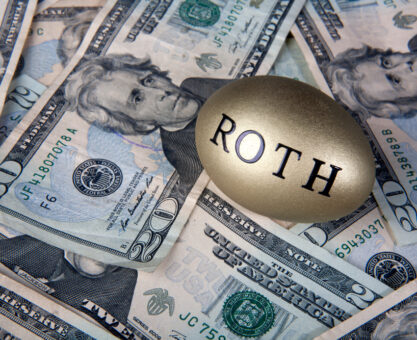Good news — the new SECURE Act 2.0 has put an end to Required Minimum Distributions (RMDS) from your Roth Thrift Savings Plan (TSP) starting on January 1, 2024.
For federal retirees, Roth RMDs never really made sense. Since your contributions are made with after-tax earnings, distributions from your Roth TSP are tax-free, anyway. Yet this nonsensical rule put retirees in the position of withdrawing funds they may not have needed and losing out on investment earnings. Hopefully, this much-needed change will inspire more GS workers to consider the advantages of a Roth TSP.
The Roth TSP Provides Tax-Free Income In Retirement
A survey conducted by the Senior Citizens League reveals that around 75% of Americans seriously under-estimate the income taxes they’ll owe on their retirement income. Not only will you owe taxes on withdrawals from your traditional TSP balance, but your FERS annuity (pension) and Social Security benefits are also subject to income taxes.
Since there’s a good chance your tax rate decades from now may be higher than it is today, you can count on your Roth TSP to provide a stream of tax-free retirement income.
Your Roth TSP Contributions Get An Agency Match
There’s been a number of misconceptions about the Roth TSP floating around the office water cooler. One persistent rumor is that contributions to a Roth TSP will not receive an agency match. Not true.
Your Roth TSP contributions will get your agency match however the matching portion is deposited into your traditional TSP balance. The reason: income taxes. Since the agency match on a Roth TSP is not taxed, it’s added to tax-deferred balance of your Traditional TSP to be taxed upon withdrawal.
“It also comes in handy when you need to withdraw a considerable amount of money for an emergency or unexpected expense.“
Other Advantages Of A Roth TSP
The Roth TSP combines the advantages of a Roth IRA with the Thrift Savings Plan. You can choose from a wide selection of investment options for portfolio diversity while taking advantage of the low management fees.
It also comes in handy when you need to withdraw a considerable amount of money for an emergency or unexpected expense. When you use it as a tax-free emergency fund, you don’t have to worry about a large distribution bumping you up into a higher tax bracket. And now that RMDs are no longer required on a Roth TSP, you can leave behind a tax-free balance for your beneficiary when you pass away.
Touch base with an FRC® trained advisor to discuss these and other advantages of adding the Roth TSP to your retirement strategy.


























